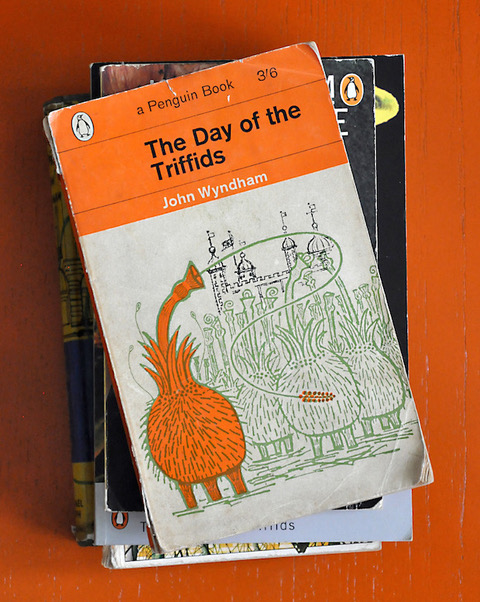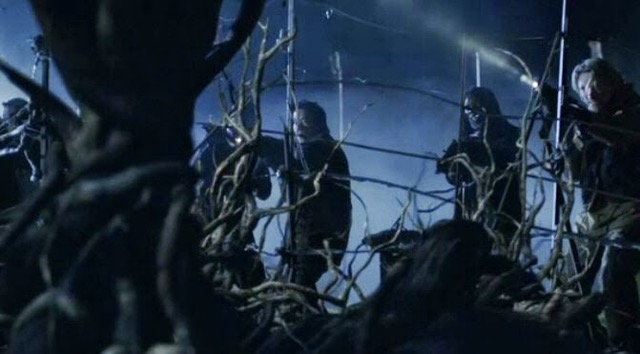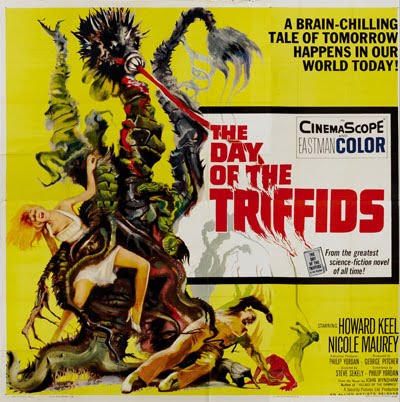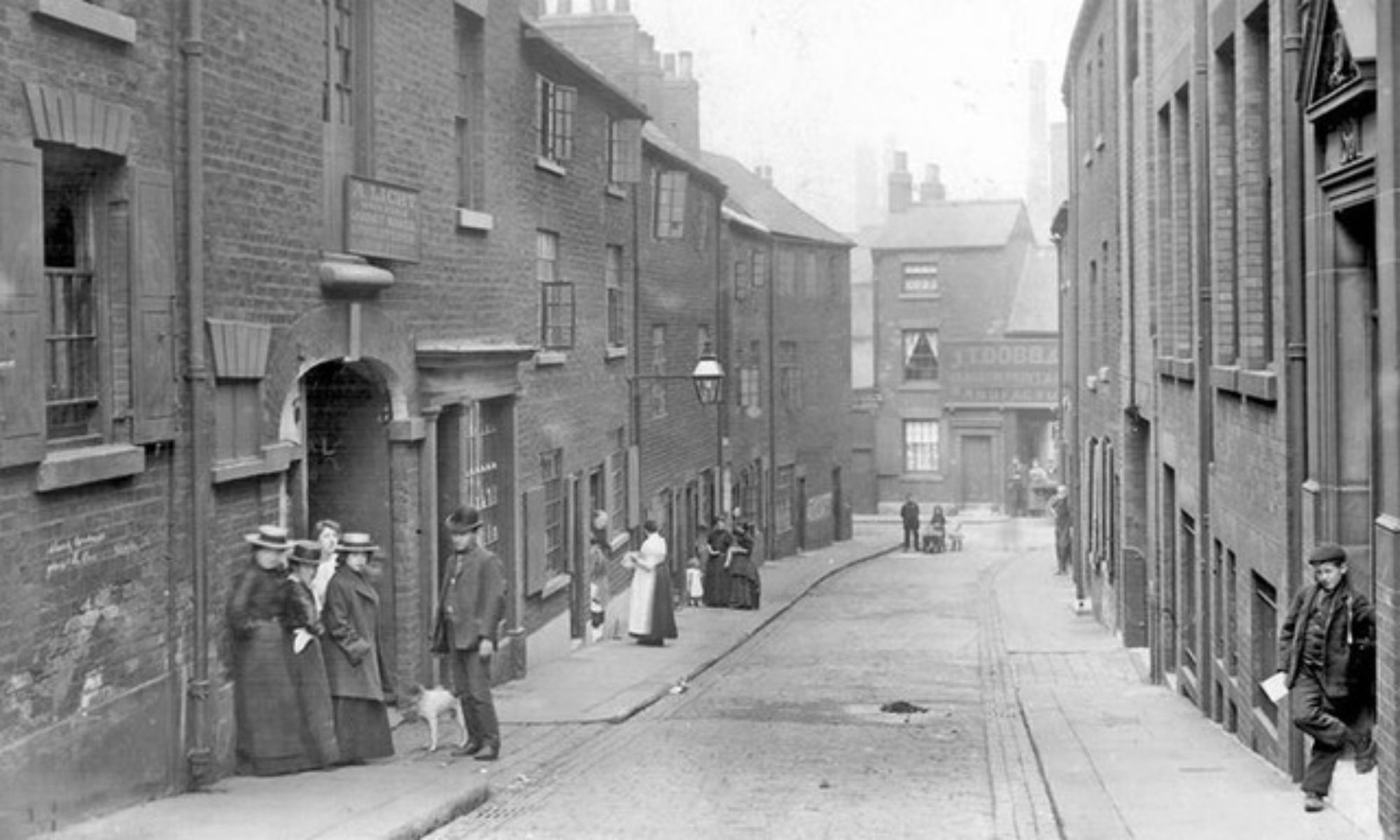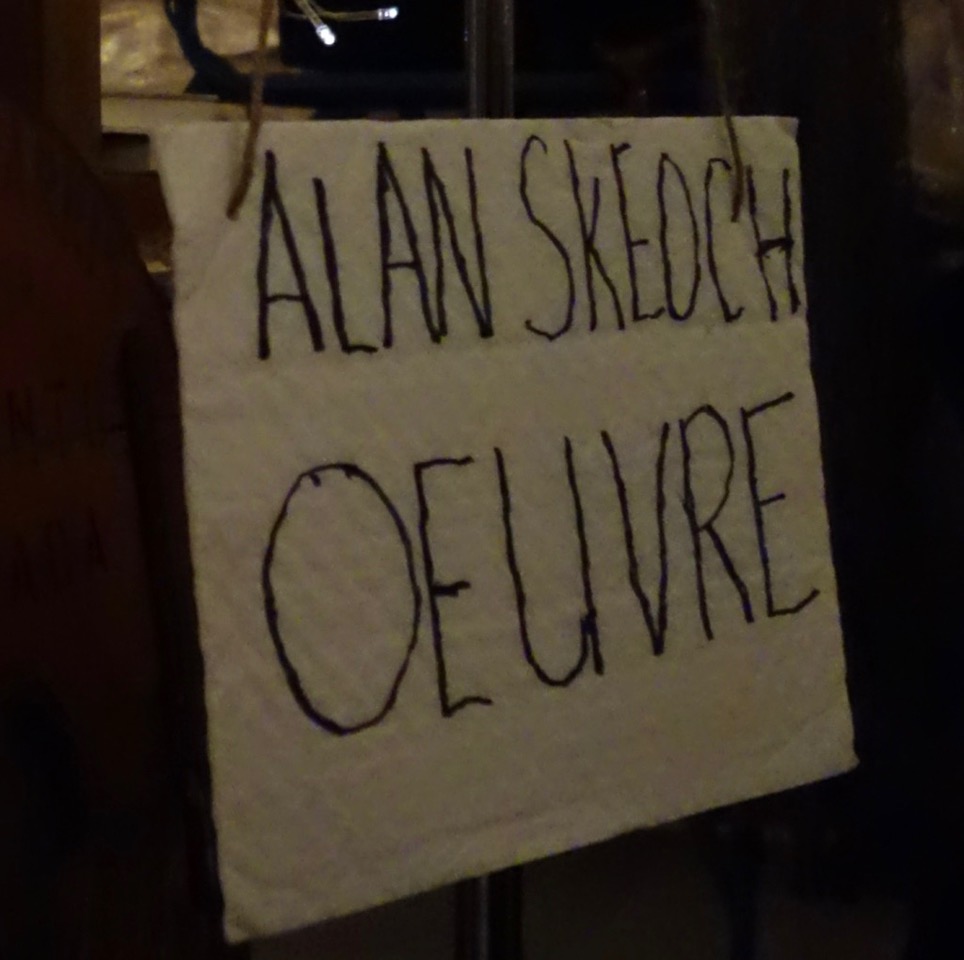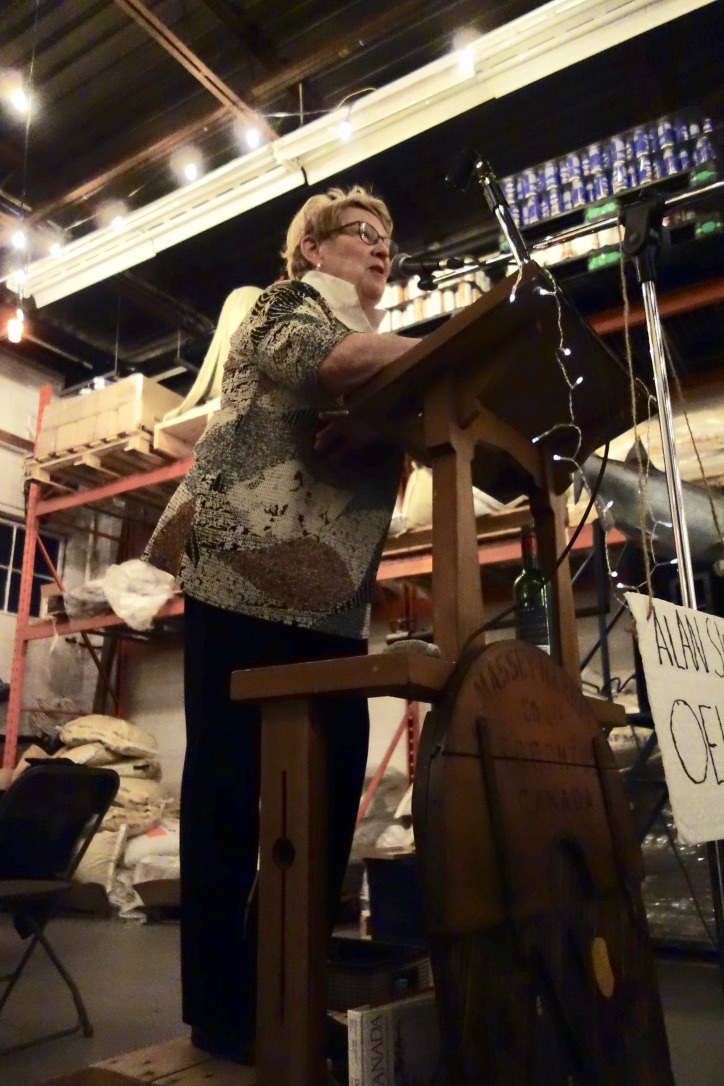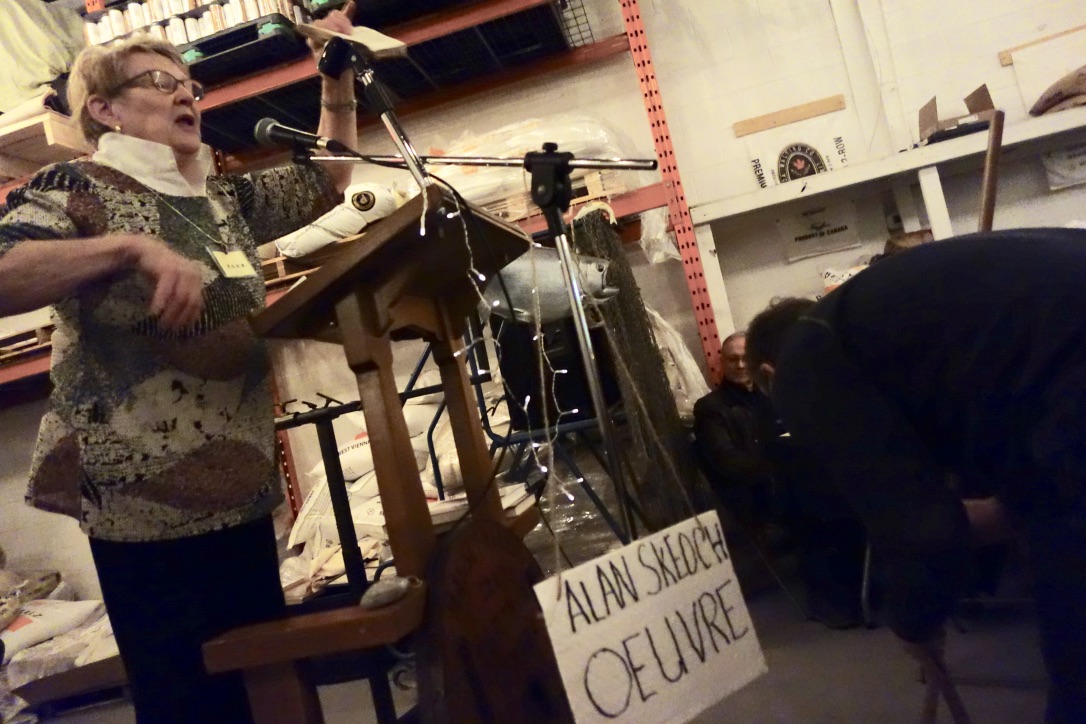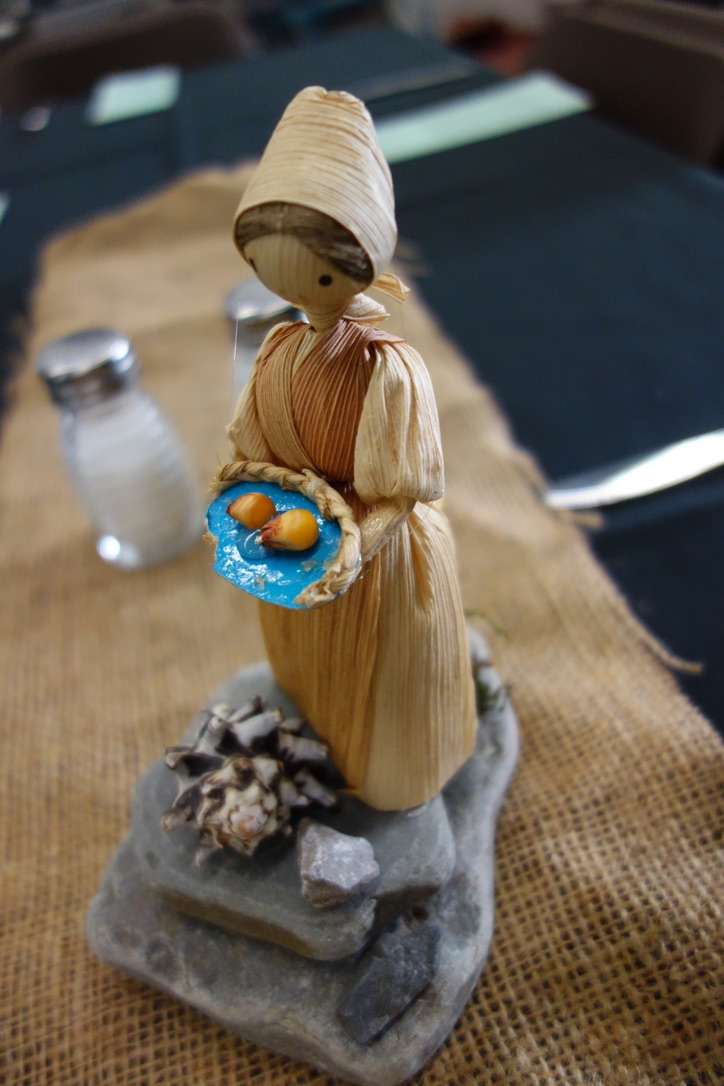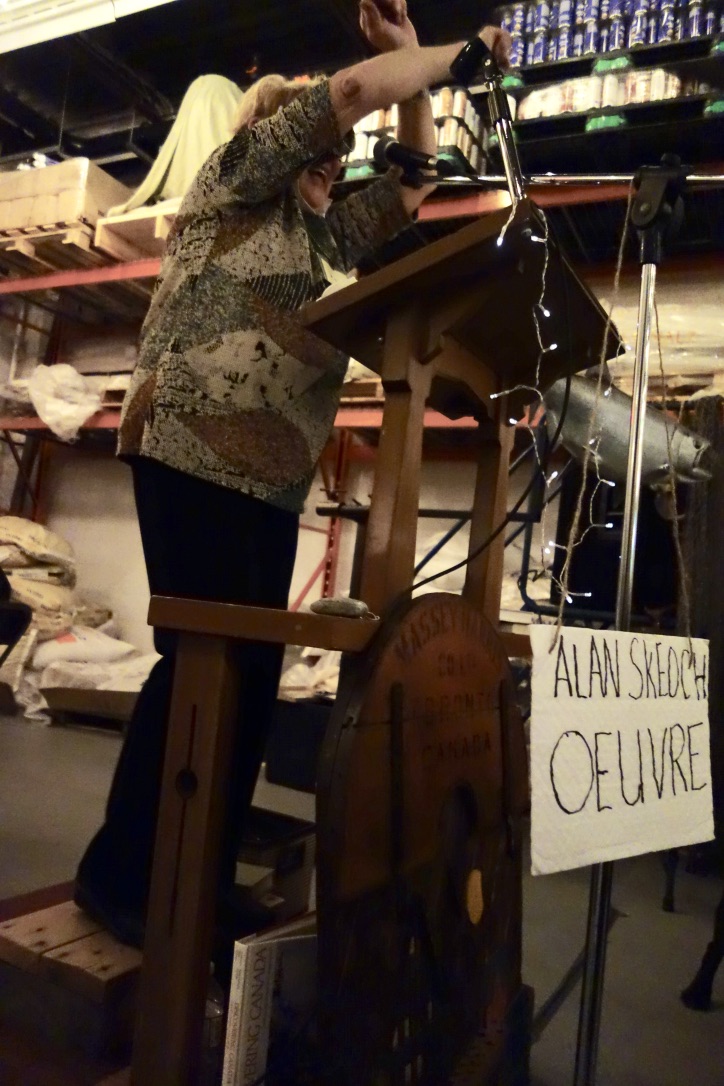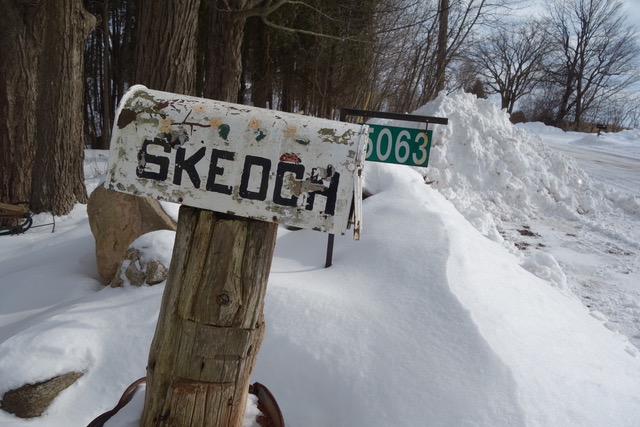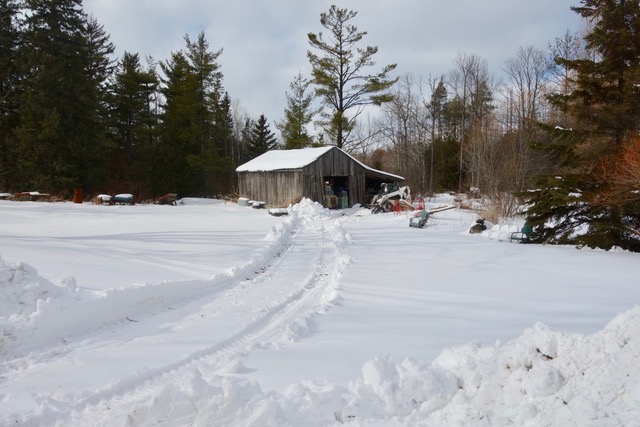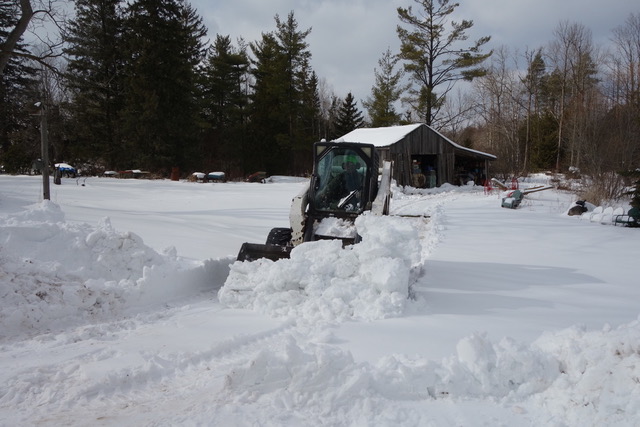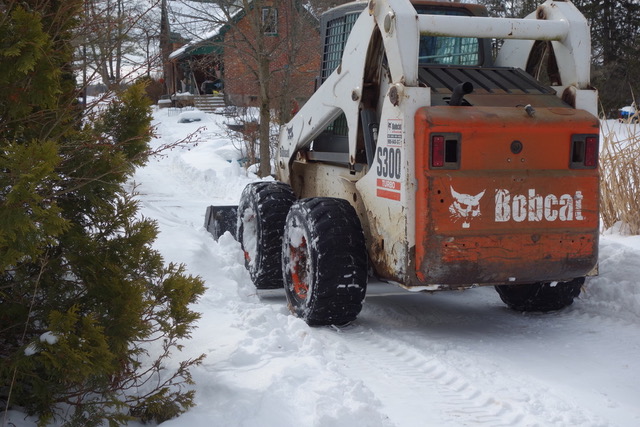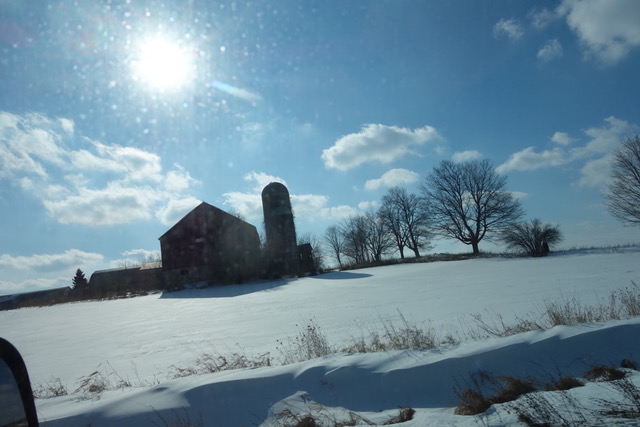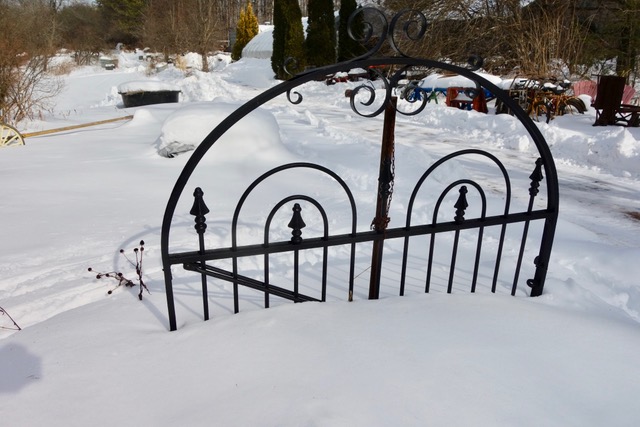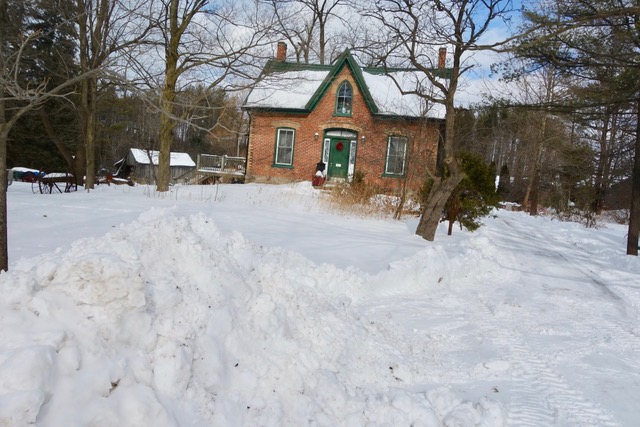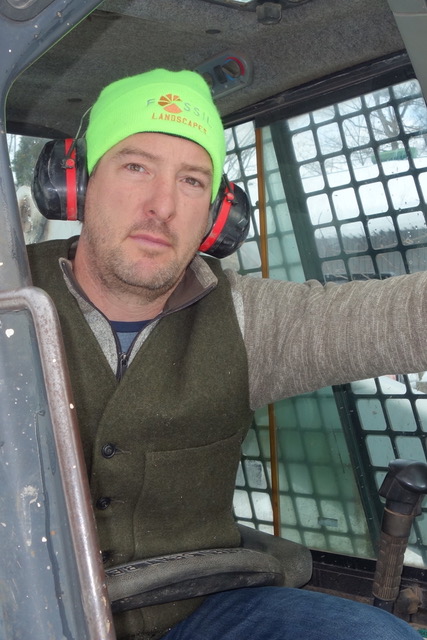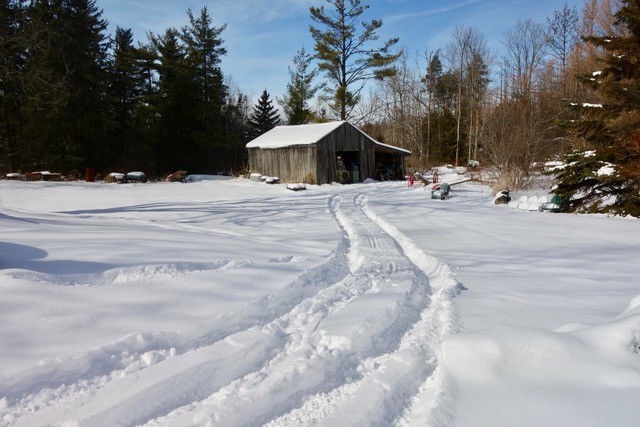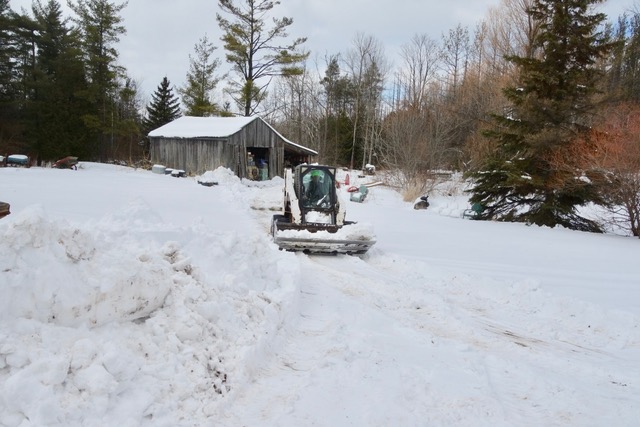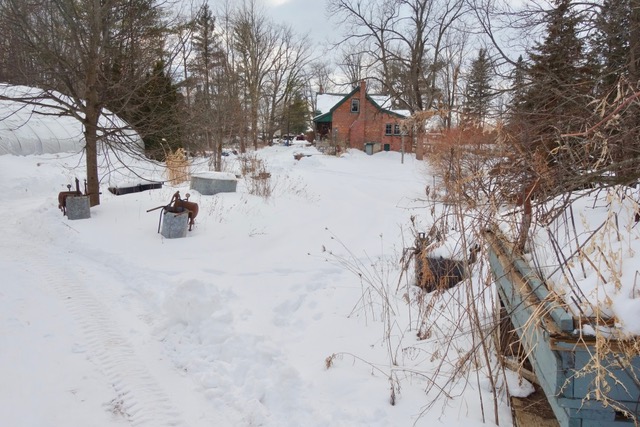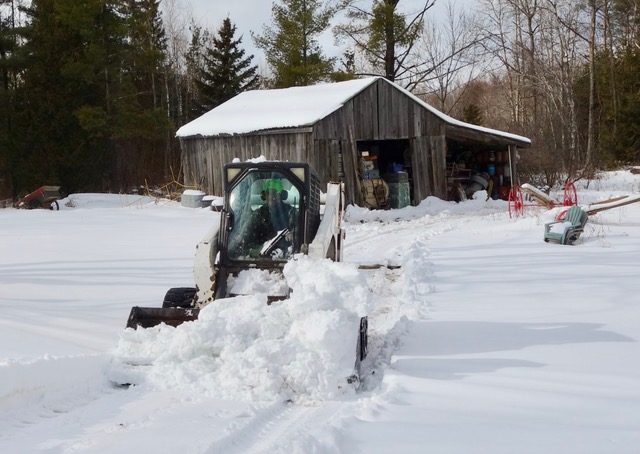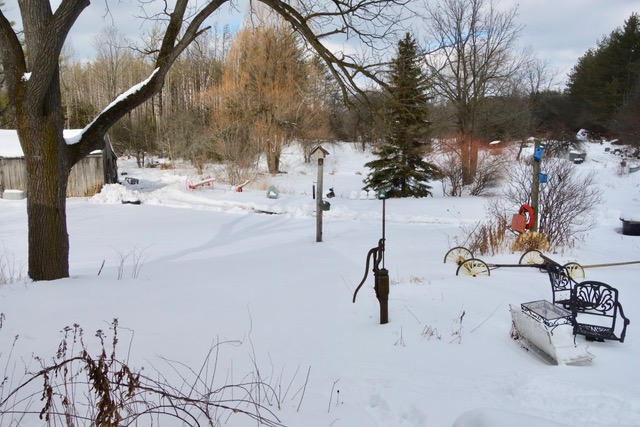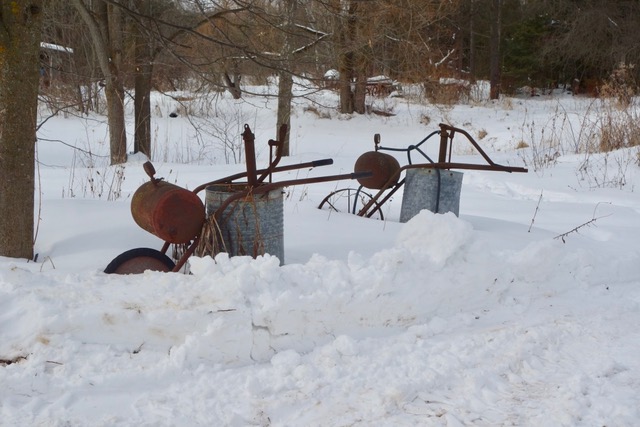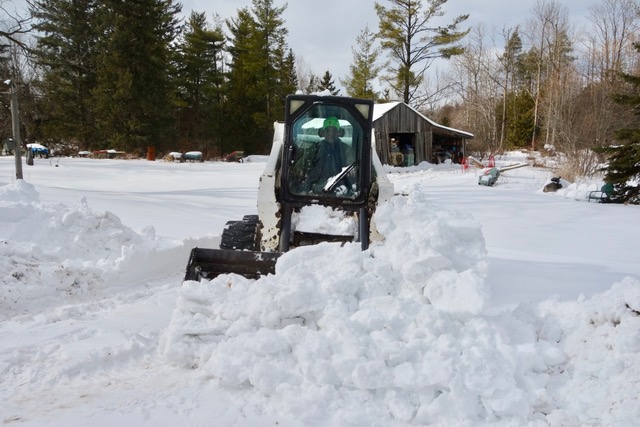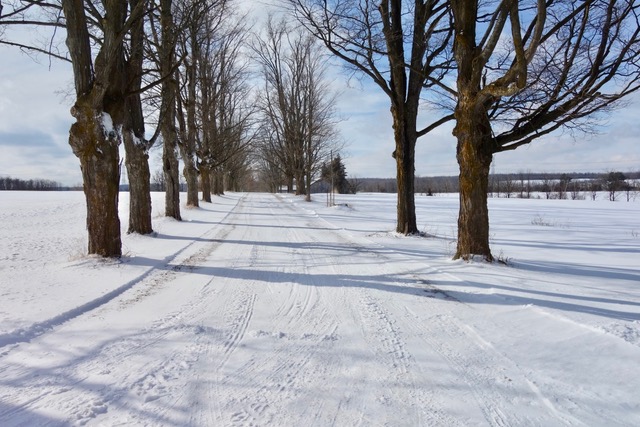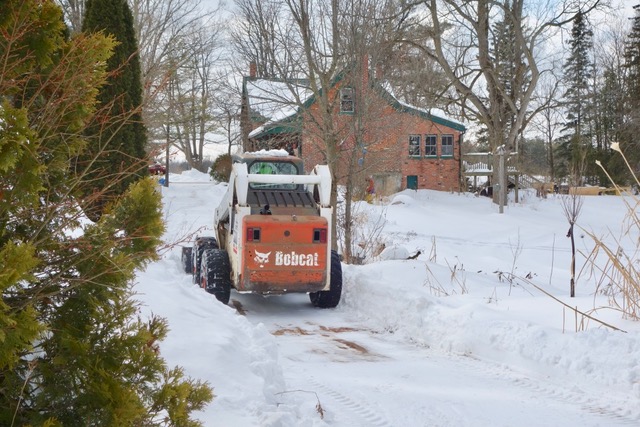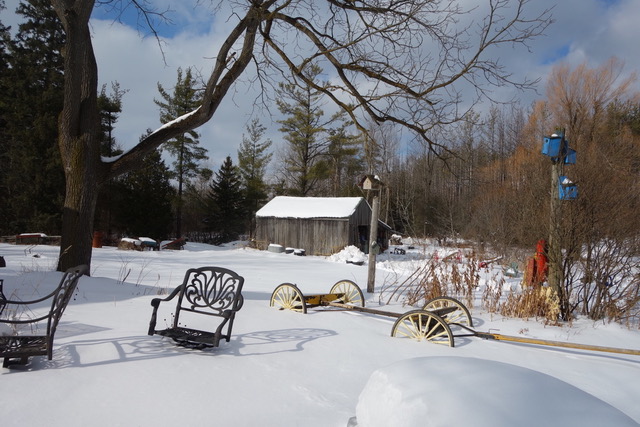DAY 8, COVID 19 PANDEMIC MARCH 20, 2020
alan skeoch
(running journal…running until I run out of steam)
UNITED STATES DAY 7 13,000 CASES 193 DEATHS
ITALY 41,000 CASES 3,405 DEATHS
CANADA 873 CASES 12 DEATHS
(80% OF DEATHS ARE TRAVEL RELATED)
CODIV 19…CORUNAVIRUS…Artists depictions makes them look life floating explosives in World War II. Good idea, but remember they are so small only an electron microscope
can set them.
1) Gabriela (daughter in law living in London, England) sent email saying she has placed a food delivery order with Longo’s for April 1, delivery to our house between 9 and11.
“slot was open so I grabbed it and sent a list of food”. Nice of her. Makes us more aware of the crisis and to begin thinking of
non perishable food….milk powder, evaporated milk, dried fruit, any fresh vegetables available, etc.
“What do we need, Alan?” I said potato chips and chocolate bars and raisins. Marjorie was not amused.
2) Julie (daughter in law living in Port Credit, Ontario) sent email saying she will get us what we need in terms of short term food. “Stores in Port Credit appear to have light traffic” (9 a.m.)
Needs? fresh milk, etc. We are being cared for…at a distance and close up…but no one invading our personal space. Sounds like science fiction novel, does it not?
“ALAN, what food do we need? Julie will get it.”
“potato chips, raisins, Coffee Crisp chocolate bars”
“Stupid..be serious.”
“I am serious…suddenly I miss those tihings.”
“Well, Julie will not be getting them. We still have peanut butter cups from Halloween.”
“God…where are they?”
“Under the tea towels.”
“No wonder I couldn’t find them.”
“Be serious…what do we need?”
“chocolate pudding mix, Jello and both powdered and evaporated milk”
“Slightly better….”
“How about pork and beans, oat meal and Kraft dinner?”
“I thought you told me that when you were a prospectior you had to order supplies for 3 weeks and a month even.”
“True, I did… sowbelly, salami and canned spam.” (we called it Clap)
“Hardly a balanced menu…how did that affect you?”
“Well, I was thinner then. Forgot to mention t he prunes…ordered lots of dried prunes.”
“Why?”
“You figure it out…put prunes on the list…canned and dried…kept us regular after we built the latrine (which was just
a log nailed between two poplars)
(Tomorrow I will give you two lists…Marjorie’s and Gabriela’s…today Julie got us a whole
truckload of stuff for $70 … including a sleeve of Oh Henry nut bars. (pssst. This time
Marjorie put them under her sewing basket…saw her do it.)
ONE COMMENT THAT SCARED ME
“Lots of people out and about today, Alan. “
Now that observation made me very nervous. I hope we will
not be as dumb as the beach babes and bucks down in Daytona.
This is a serious comment…brings on the War Measures Act maybe.
3) DAY OF THE TRIFFIDS, by JOHN WYNDHAM
As soon as i heard about this CODIV 19 VIRUS, I immediately thought of John Wyndham. If you read this story
you will want to read the book. Providing you are not too terrified.
I remember Day of the Triffids by John Wyndham so graphically. Burned into my brain long ago when I taught both English and History. The book is considered one of the great books of our time…even today.
The story line is very simple but frightening in the extreme. A plant, a triffid, begins to take over the earth. at least as I remember. Not inconceivable. The wisteria on our front porch
is capable of slowly crushing things…of winding its way to the sky and crowding out other living things…slow but sure.
SOME QUOTES…THAT FROM JOHN WYNDHAM…AMAZNG HOW THEY FIT OUR SITUATION TODAY
“When a day the you happen to know is Wednesday starts off by sounding
like Sunday, There is something wrong somewhere.”
“It must be, I thought, one of the race’s most persistent and comforting
hallucinations to trust that it cannot happen here’ — that one’s own
time is beyond cataclysm.”
“And we danced , on the brink of an unknown future, to an echo
from a vanished past.”’
“unit then I thought of loneliness as something negative—an absence of company
and, of course, something temporary….That day I had learned it was much more
It was something that could press and oppress, could distort the ordinary and
play tricks with the mind.”
“Anybody who has always had a great treasure has always led a precarious existence.”
“It’s humiliating to be dependent.”
“To deprive a gregarious creature of companionship is to maim it, “
“The clock is the most acred thing in a hospital.”
John Wyndam, The Day of The Triffids
So here we are, over half a century later, and John Wyndham’s frightful tale has come true. GRANTED his Triffids were huge plants with killing tendrils…big
things, horrible things, crushing things, feeding things. Our Triffids today are so tiny that we need an electron microscope to see them. But when found
the Coronavirus — CODIV 19 — is even more frightening. It moves silently but with bewildering speed. Jumps from an accidental cough to another
person and does this unseen and unknown until a few days later. To expedite its movement it uses the human lung. Your lung, my lung. Can a virus
think? If it does, its thoughts are different as were the Triffids. Hundreds of people have died. CODIV 19 did not want them to die. It needed their lungs
but did not need all the lungs it has infected. A few LUNGS gone has not inhibited the movement of the virus. CODIV 19 can replicate itself with ease a thousand
fold. Viruses are common. Perhaps the commonest piece of living matter. But it is a crippled piece of living matter that needs to worm its way
into living cells to stay alive. Very scary. I must stop.
Why do I remember Day of the Triffids so graphically? Because I was a young teacher of English at Parkdale Collegiate back in 1963 when Wyndham’s
book was assigned or maybe I just imposed it on the kids as a good example of science fiction. “Did you know that a good science fiction writer
always uses real life situations as a starting point then lets his or her imagination roll?” I would have said something like that. Gets student attention.
I was only a day ahead of the kids I taught. Meaning I was just reading page 2 while they were discussing page 1. With Wyndham however I was
riveted. Could hardly wait to read Page 3…then 4…then the whole book…before school, lunch hour, park bench on Roncesvales Avenue on the way
our apartment, during supper. A good book does that.
“Alan, I see Day of The Triffids is playing at the Doric on Roncesvales.”
(In those years, the 1960’s, movie theatres with single screens still existed but just a few hanging on.)
“You must be kidding.”
“Why don’t we slip over…you can take at least one night off from preparing lessons.”
(Teaching to me was a sacred trust…I felt duty bound to know a little about what I taught…a little.)
“Sure.”
“Rather run down in here…stuffing coming out of he seats.”
“Smells seamy…body doors…”
“Odd crowd … drifter types …mostly men.”
“Did you hear bottles clinking?”
“Comes with the territory.”
THEN CAME THE PLAYING OF GOD SAME THE QUEEN
(no kidding…in 1963 the Doric still played God Save the Queen)
“Alan, stand up…show some respect.”
“No-one else is standing.”
“We are.”
“And, Alan, get the rest of those lazy people to stand up.”
(This I could not do…no guts….I slipped a notch in Marjorie’s perception
of me as a leader that night.)
What followed was Wyndham’s story about the breakdown and collapse of human
civilization when something from outer space takes hold. The movie was frightening
made moreso by the thoughtless…unthinking…crowd in the Doric theatre. A
crowd that would not stand up for God Save the Queen. Imagine that.
We got what we deserved
that night for we were nearly devoured by Triffids. Felt that way, anyway.
alan skeoch
3) Did you know that twice as many men die from COVID 19 than women.
4) Last night CNN announced that whole state of California….40 million people…have been ordered to stay home. Fear the virus will infect half the population…high death toll.
Order to be enforced (somehow…national guard?). This action caused me to rethink plan to go out… even though there would be no human
contact. I am 82…healthy as Granddad’s old horse, Dick…but both Marjorie and I belong to the most vulnerable group. This has been reinforced by some
nice caring phone calls from friends both close and distant. Very touching. “How are you getting along?” “Need anything?”
5) Something is really wrong below the border. Governors of California and New York State (Gov Cuomo) have declared states of
Emergency themselves. Where is the leadership of all of the United States? Dithering…mumbling…using words like “tremendous”
and rendering those words meaningless. IF only Governor Cuomo was President of the United States. A man who speaks with concern
and humanity and a determination to do what can be done and admit what cannot be done.
6) What is happening in Russia? Strangely quiet. the Chinese / Russian border was closed weeks ago. Little seems to be leaking out.
7) Africa could become a meltdown. Hope not.
8) LOST IN PARADISE…THE SAGA OF PATRICIA AND DAVE…CAN THEY GET BACK HOME?
SUNRISE IN SOUTH FLORIDA – AT MDINIGHT PATRICIA AND DAVE DECIDED
“TIME FOR US TO TRY TO GET HOME”…YES, MIDNIGHT. AT THE SAME
TIME I SENT THEM MY FEELINGS THAT THEY SHOULD MAKE A RUN FOR
THE CANADIAN BORDER.
On Mar 20, 2020, at 12:08 AM, ALAN SKEOCH <alan.skeoch@rogers.com> wrote:
A) Hi
I think you should try to get home soon…you
will face quarantine of course but being in Canada
feels so much better than being in the US.
Our leaders know how to lead.
Note that your other air carrier promises to help
get Canadians home. so maybe your tickets are
still good.
We can have fun with the ‘Lost in Paradise’ story
but there is an urgent side to it as you know.
alan
B) Funny you should be thinking that. Our thoughts exactly yesterday as we watched the situation explode down here.
Paradise Lost.
We are flying out Sunday the 22nd.
We booked the air tickets and headed to the boat at midnight. Luck was with us. It hadn’t been pulled. Still tied up at a dock. The marina is ridiculously busy because all the Floridians off work are boating. Left a note on the steering wheel “Do not pull.” Up at this ungodly hour (still dark) to go back and add stabilizer to the gas and run it through the motor.
More later.
C) Poor Dave aka “motorman” didn’t stand a chance last night on a conference call with our two daughters. It was like
She said …
A second She said …
And a third She said …
Until he reluctantly agreed to try for earlier flights.
One daughter, a former flight attendant, SUGGESTED which flights would actually go and, by 10:30 last night, we were booked on a Sunday flight out of Sarasota.
Motorman thought we would have a better chance with a smaller airport and resulting smaller crowds.
He’s probably right.
So here we are up bright and early ready to get to the boat before 8 o’clock this morning when the Marina opens. Motorman has the stabilizer packed. We will be back from our ride by mid-morning and will request that the boat be put on its trailer before noon.
Then we load it with our gear, tarp it to withstand a hurricane and get on with the rest of the chores to be done before flight time.
View over the pond from our rental condo balcony. Sunrise March 20, almost the first day of Spring!
LOST IN PARADISE STORY IS NOT COMPLETE YET. HOLD YOUR BREATH.



